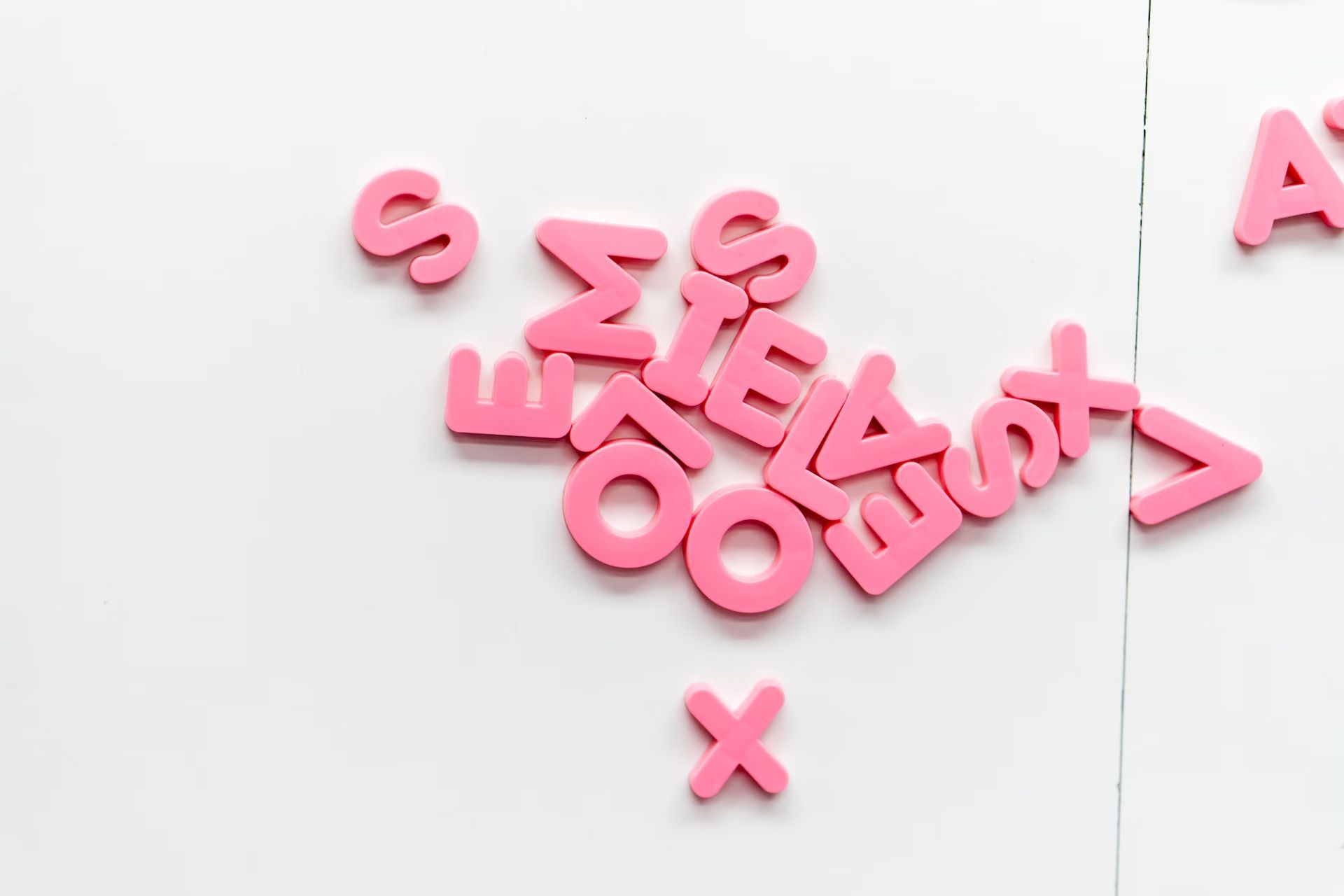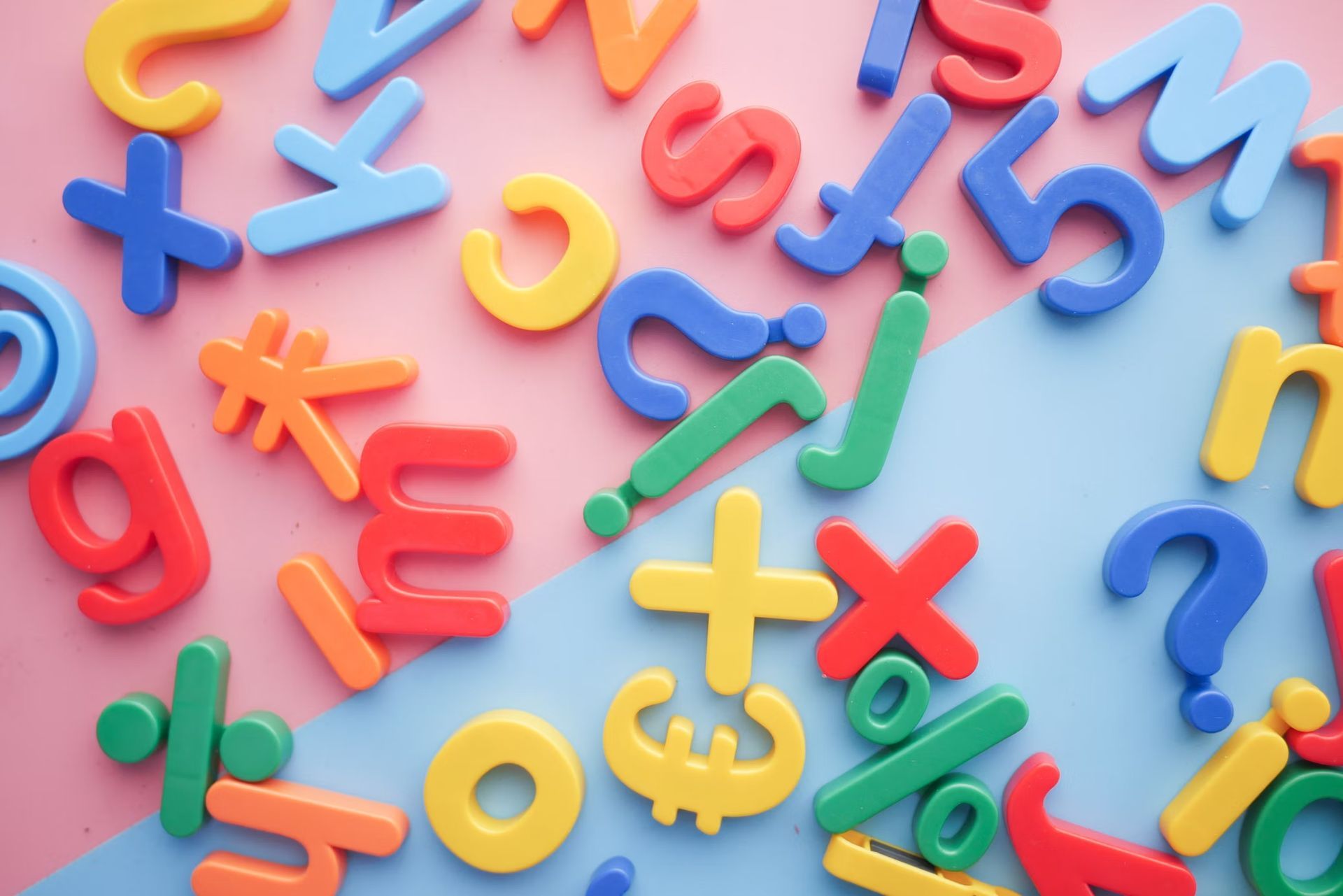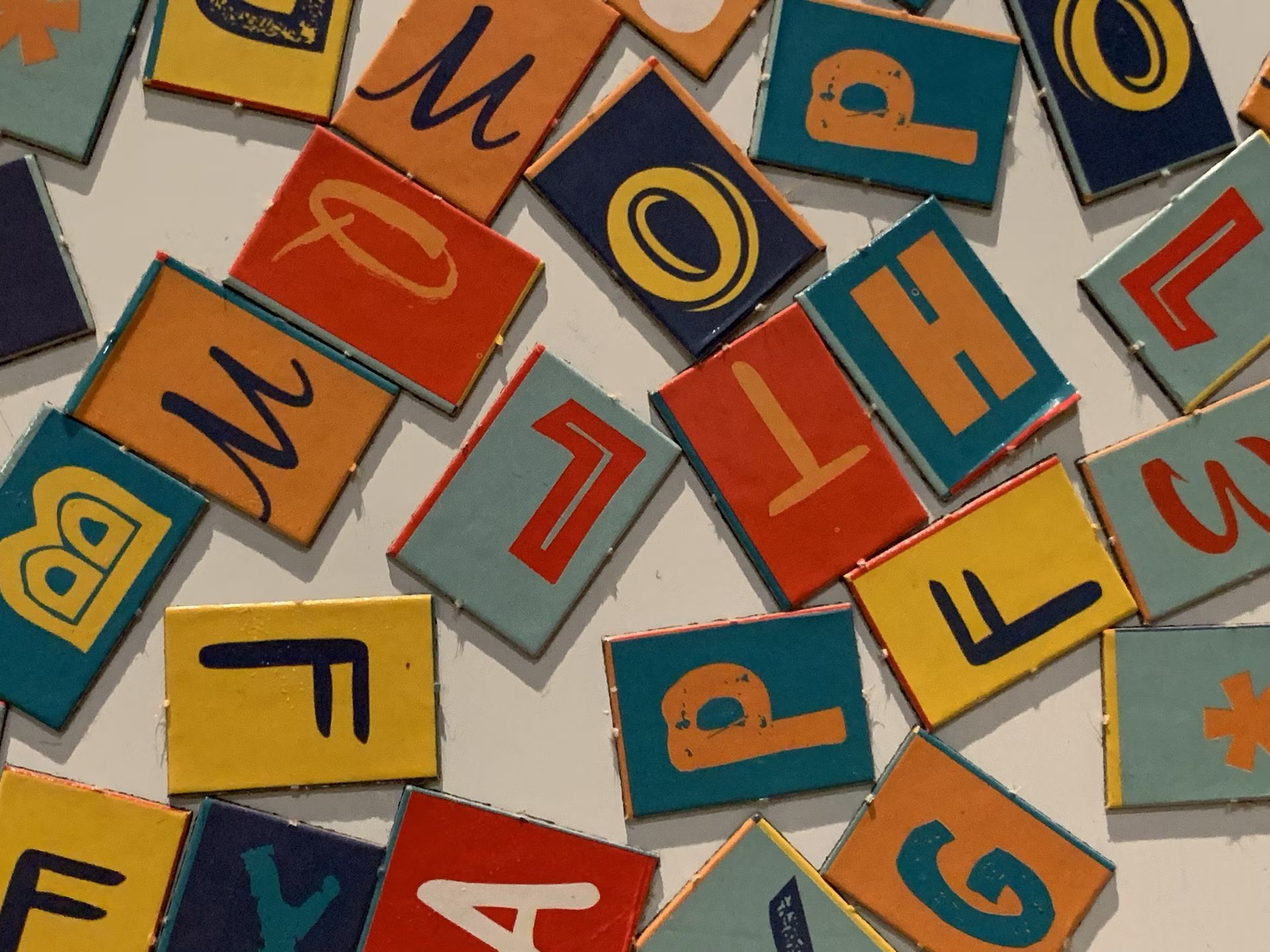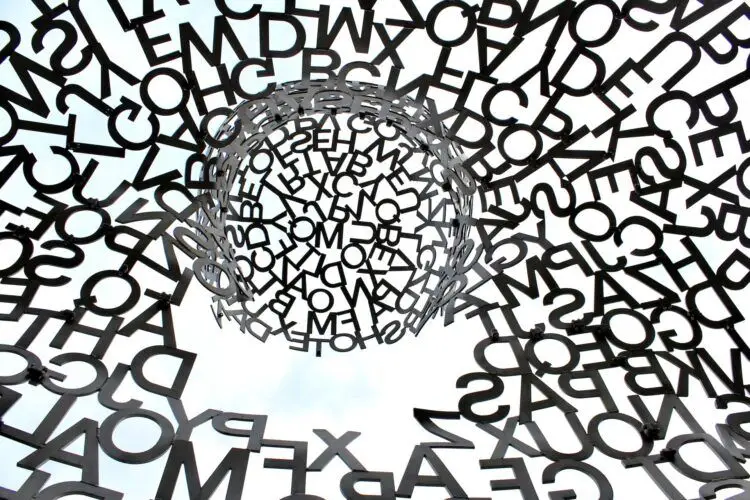Have you ever heard of the so-called “Capital letter test for AI?” Distinguishing between human and machine has become an increasingly important issue. Technology companies, including Microsoft and other industry leaders, are continuously pushing boundaries to create AI systems like ChatGPT that can simulate human-like conversations with remarkable authenticity. However, humans, driven by a mix of curiosity and a desire to assert their intellectual superiority, seek tangible evidence of their dominance over machines.
A fascinating phenomenon has surfaced known as the “Capital letter test for AI.” This test presents a seemingly straightforward method to perplex AI models, introducing a new perspective into our comprehension of the capabilities and constraints of AI.
What is capital letter test for AI?
The “Capital letter test for AI” operates on a straightforward principle: posing a question while capitalizing a random word within the sentence. The underlying concept is that humans, skilled in interpreting context and subtle linguistic nuances, can comprehend and respond accurately to such inquiries. However, AI models often encounter difficulty when faced with this unexpected capitalization, struggling to provide a coherent and relevant answer. Though this seemingly basic test may appear rudimentary, it carries echoes of a larger intellectual challenge—the Turing Test.
Similar to how the Turing Test was designed to determine whether a machine could exhibit human-like intelligence, the “Capital letter test for AI” aims to exploit the potential vulnerabilities of AI, emphasizing disparities rather than resemblances. AI models like ChatGPT have made significant advancements in various domains, including generating text, answering questions, and engaging in conversation. Nevertheless, they can still stumble when confronted with seemingly simple tasks like deciphering capital letters within an unconventional context.

The underlying principle of this test stems from the fact that AI algorithms typically process text data without distinguishing between uppercase and lowercase letters, operating in a case-insensitive manner. Consequently, when a capital letter appears unexpectedly within a sentence, it can introduce confusion. The AI is uncertain whether to interpret it as a proper noun, an error, or simply disregard it.
While the “Capital letter test for AI” has demonstrated some potential in differentiating AI-generated responses from human ones, it is by no means infallible. AI models are constantly evolving and improving, and as developers incorporate more sophisticated natural language understanding capabilities, AI may soon master this test as well.

However, there is a captivating psychological dimension at play here. The eagerness to find ways to “trick” or outsmart the machine reveals an inherent uneasiness regarding our own human distinctiveness. Instead of solely aiming to maximize AI’s potential, there is a desire to draw a boundary and assert our unique qualities.
The “Capital Letter Test” highlights the intricate interplay between human and machine intelligence. While we continue to develop algorithms capable of impressive accomplishments, there is a simultaneous desire to seek reassurance of our own superiority.

The topic of the “Capital letter test for AI” and its implications in the realm of artificial intelligencesparks both curiosity and skepticism. While it serves as an interesting experiment to explore the limitations of AI models like ChatGPT, it also raises questions about the true significance of this test.
At its core, the test relies on the assumption that AI algorithms often handle text data in a case-insensitive manner, leading to confusion when a capital letter is unexpectedly introduced. However, as AI continues to evolve, developers are constantly improving natural language understanding capabilities, potentially rendering this test obsolete in the near future.
The fascination with finding ways to “cheat” AI systems reflects an underlying anxiety about human uniqueness and superiority. Instead of embracing the full potential of AI and leveraging it for greater advancements, there is a tendency to draw a line and assert our distinctiveness. This mindset limits our ability to fully harness the power of AI as a tool for innovation and problem-solving.
By the way, never let your attorney use ChatGPT!





